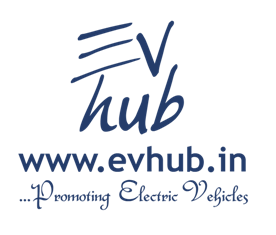All electric vehicles (EVs) cause carbon emissions, unless all of the electric generation used to charge the batteries comes from non-fossil based sources such as wind, solar, hydro etc. For the foreseeable future we expect utilities to have an evolving resource portfolio. Maybe we’ll see 20 – 30 percent non-fossil generation mix by 2050. Who knows? But, even if we accelerate the widespread building of nuclear power plants, we’re going to have fossil (mostly coal) generation for a long time.
The eco-friendliness of EVs all depends on how and when the batteries are charged. The usual electric vehicle charging paradigm has the batteries being charged overnight at home or in a company’s fleet garage. In fact, a number of utilities are offering special rates for charging EVs on off-peak hours. That makes sense from a system cost standpoint, using the least expensive base-load generation.
But those incentives may encourage maximizing total EV-related carbon emissions, particularly in areas with growing solar and wind resource penetration. That’s because little or no solar generation is available during the proposed early-evening or night charging period. Also, in some areas, (such as the Altamont Pass wind farm in Northern California), higher wind speeds often coincide with peak load hours (due to hot inland convection currents pulling in the off-coast cooler air).
There’s another disadvantage to having the EV batteries connected to the system only on off-peak hours: the utility is prevented from taking advantage of EV battery storage for system support during periods of high system demand - a very attractive idea that’s been tossed around for years.
Read this news @ http://www.evhub.in/news/278#278

No comments:
Post a Comment